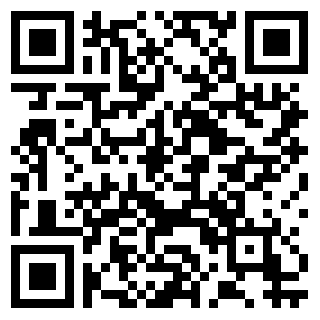- Photos
- Specs
- Advantages
- Value
- Media Map


| Area: | Type:aircraft | Frequency:0 |
| Address: | Format:boarding pass | Duration:/ |
| Location: | Min Qty:100000 | |
| Size:/ | Min Period:month |
Boarding pass advertisements are mainly presented on the back of boarding passes or combined with baggage tags, covering the whole process of passenger check-in and boarding, including check-in counter printing, boarding gate inspection and other links.
Covering 66% of management passengers, the annual family income is about 500,000 yuan, which accurately matches the needs of high-end brands
The proportion of international routes is high, helping the global communication of the brand
Covering 66% of management passengers, the annual family income is about 500,000 yuan, matching the needs of high-cost industries such as luxury goods and finance
74% of the audience is business travelers, with the characteristics of high-frequency business trips
There is no mobile phone signal interference in the cabin, and the efficiency of receiving advertising information is significantly higher than that of other media
The whole cabin is uniformly laid, there is no interference from competing products, and the brand memory is increased by 40%
The airport has a dense flow of people, and boarding pass advertising can achieve high-frequency brand exposure with the help of passenger traffic
Support personalized design, such as combining spokesperson images, theme copywriting, etc., to enhance brand appeal
Through boarding pass advertising, brands can efficiently use passenger travel scenarios to achieve global penetration from the ground to the air, and strengthen brand recognition and favorability.
The boarding pass is a necessary voucher for boarding, and passengers check it an average of 3-10 times, forming a 30-2 hour depth exposure window during the waiting period
Air China's global network can reach 80 international cities, and the advertising premium of outstation boarding pass is 30%-100%
Business tourists account for 74%, of which 66% are management, with an annual household income of about 500,000 yuan, which meets the needs of high-priced brands such as luxury goods and finance










